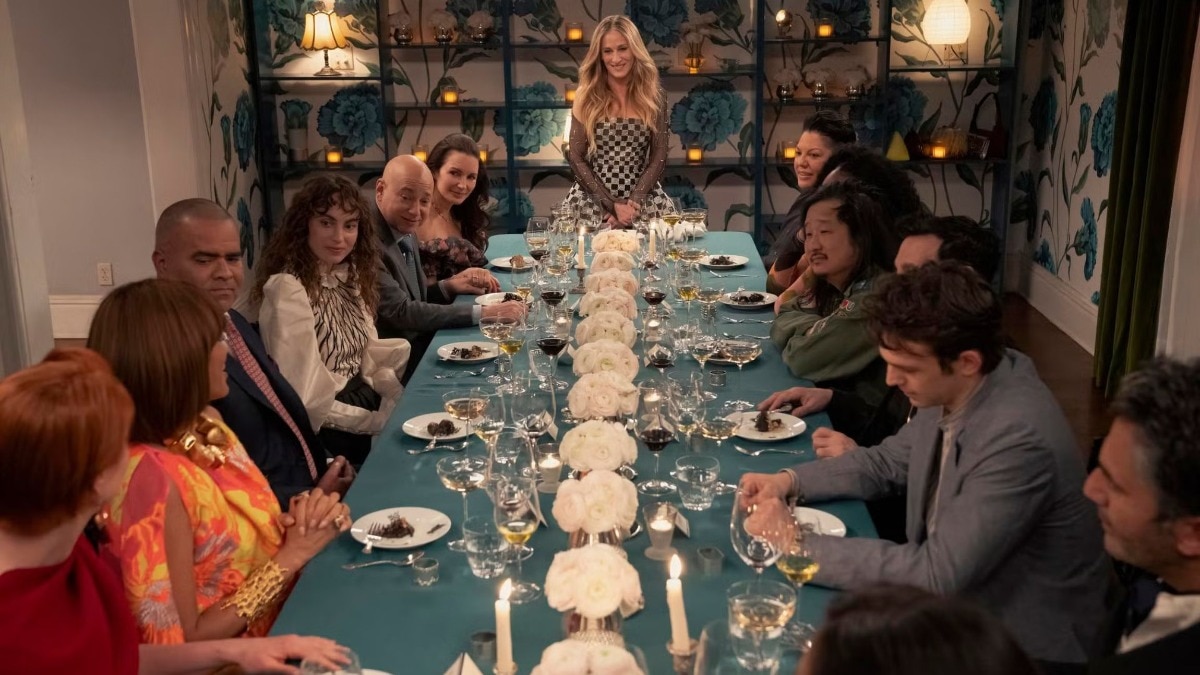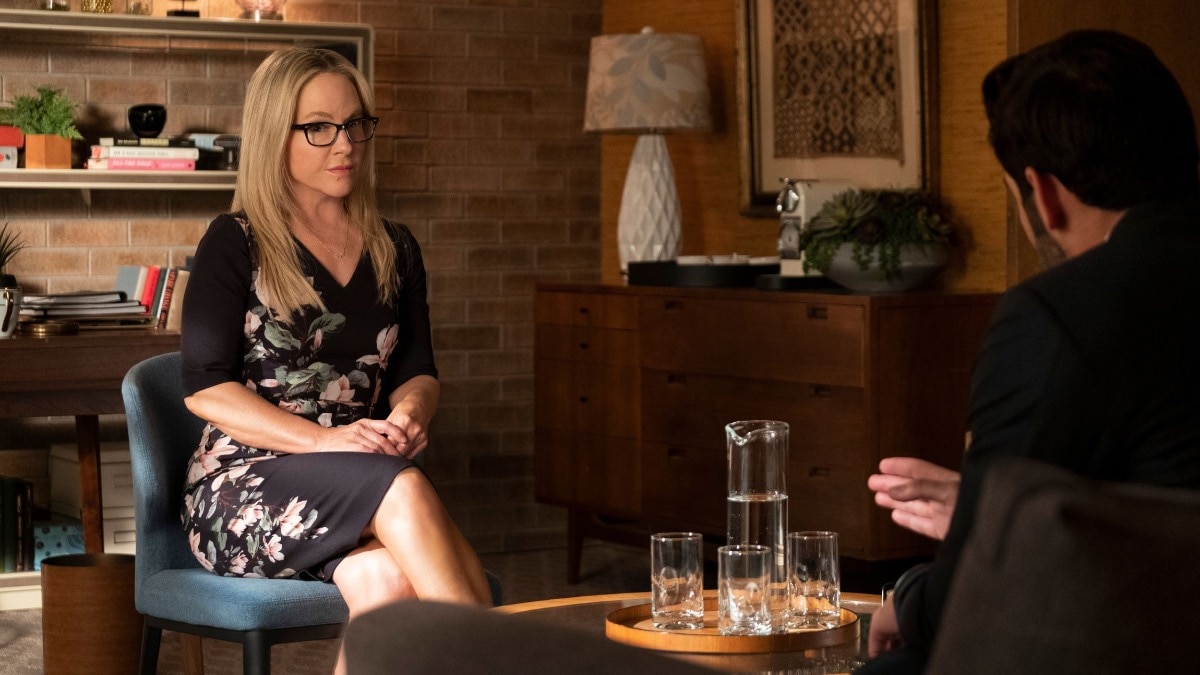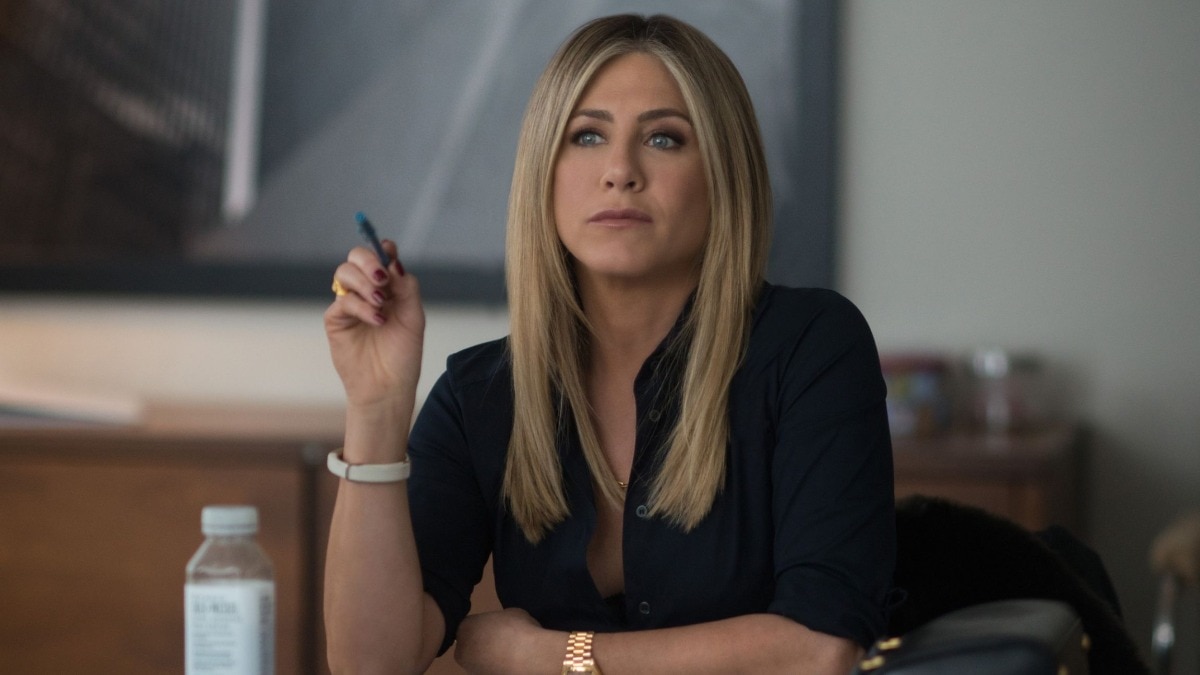
How female athletes are reclaiming their bodies
And beating the male gaze at its own game...


Sports comprises the highest of highs and lowest of lows and exemplifies the very things that make us human—grit, passion, determination, and endurance. Yet, for all that it does, sports has been a largely male-dominated field for much of its history, with little to no space for women to belong. Then, when women finally paved the path, the male gaze on them heightened, and for the female athletes themselves, the pressure to conform, getting mired by misogynistic and objectifying headlines, and navigating through myriad stereotypes, took precedence over loving their body—until it didn’t. The past decade has witnessed a reclamation of the female body like never before.
Bazaar India speaks with women athletes, sports psychologists, and journalists to explore the evolving landscape of body image, its psychological impact, the role played by the media, and how it’s all changing for a more inclusive future.
NORMS THAT MARKED THE BEGINNING
We live in a world that seems to be obsessed with the way women look—and the way they’re supposed to. Those who don’t conform face the brunt under the guise of neighbourly concern. Hailing from Jodhkan village in Haryana, Savita Punia, a goalkeeper for the Indian hockey team, says, “Honestly, it wasn’t easy. Hockey is an outdoor game. You are going to get tanned. When I used to come home after training, many people from the community would say things like, ‘She’s becoming so dark-skinned’.” Punia recalls how when she would go to watch a women’s match in her village, she would “observe the male audiences talking about female athletes as though they were objects. They would know nothing about the game but were there only to watch the girls and comment on their bodies.”

Every woman has felt the pressure to look conventionally feminine. Indian wrestler and Olympic medal winner Sakshi Malik was proudly the absolute opposite from the start. “I’ve always roamed around with short hair and boy’s clothes. But people from the village and relatives were extremely judgemental. They would say things like ‘her body will get ruined,’ or ‘she’ll become like a boy.’ They would be very demotivating.”
Cricketer Shweta Sehrawat, who also plays for the national team as well as for UP Warriorz in the Women's Premier League, faced something similar. When she first started playing cricket, she had long locks. When she cut off her hair to concentrate on her batting, “so many people had so many things to say about it,” she shares.
BODY IMAGE ISSUES THAT NEVER LEAVE
Although Punia’s parents supported her and paid little heed to what others had to say, her younger self was deeply affected by it. “When I was alone, I would break down. I would just hate the way I looked, and that affected my confidence. I felt conscious of my height and the sunburns on my face,” she says. At 15, she even considered telling her parents that she no longer wanted to pursue hockey. But her passion for the game was more than enough to keep her going.
Many unhealthy habits are born out of dissatisfaction with one’s body. There is much to be said about the health conditions that come with berating your body, such as eating disorders, anxiety, depression, and obsessive-compulsive disorders, among several others. Women athletes who have a negative relationship with their bodies can face serious consequences. “When athletes are preoccupied with how they look, it can lead to stress and anxiety, which in turn can affect their focus and confidence. Additionally, the mental strain of dealing with body image issues can impact the resilience needed to compete and perform at a high level,” says sports psychologist Keerthana Swaminathan.
ATHLETES AS EYE CANDIES
For much of her career, tennis player Sania Mirza has battled ludicrous headlines about her clothes and weight, often taking away from her game. She once told a national daily, “How I dress is very personal. It is scary that every time I wear a t-shirt, it becomes a talking point for the next three days.” And she’s right. “We need to stop expecting women to look like movie stars,” says Mansi Poddar, a trauma-informed psychotherapist.
Body image issues neither develop overnight nor can they be resolved instantaneously, and they have been exacerbated by media portrayals of female athletes. Sports media has mostly been dominated by men. “So, it’s almost a reflection of their view of the world and their gaze,” says journalist Sharda Ugra. The constant scrutiny of every inch of the female form is something that men in sports rarely have to deal with.

Wrestler Malik, who hails from Rohtak in Haryana, recalls how she was made to feel when she wore her wrestling costume for the first time—yet, it was the very thing that drove her towards the sport itself. “There is so much blatant sexism in sporting rules as well,” says Ugra. “When a sport gets popular, the governors of that sport initiate rules and codes where girls have to wear skirts or leotards—as eye candy for more people to watch TV.”
It begs the question, therefore, how do female athletes feel about this—and has this portrayal changed at all? “I don’t think it’s gone away. But it’s kind of more quiet now,” says Ugra. What has changed is the way athletes have begun responding to these comments.
In a 2018 issue of Harper’s Bazaar UK, tennis player Serena Williams served the perfect response to audiences who body-shamed her and sexist headlines. “People would say I was born a guy, all because of my arms, or because I’m strong,” she said. “This is me, and this is my weapon and machine.”
What can change is the collective effort by all those involved to normalise the space for women in sports, increasing event coverage. “That way people will get used to seeing women of different body types just like men,” says Ugra.
WITH GRACE AND GRATITUDE
Loving your body doesn’t happen easily. It is a long-drawn process that demands shutting out the noise and embracing your imperfections. That’s how it began for both Punia and Malik. “For me, it became important to adjust my priorities. I had chosen this profession for myself. So, I had to give my best without paying attention to what others were saying about my looks,” says Punia.
For Malik, the approach was simple. “I’ve never questioned my body and the changes it goes through. Whether it’s an injury or anything else, they’re a part of your journey, and you don’t have a choice but to accept and work on them,” she says.

For Punia, it’s been a little different. “As an athlete, you face many injuries. But you can’t rush or be impatient with your body. Time heals everything,” she says. And for the 20-year-old Sehrawat, cricket came along with the tumultuous teenage years. “From an athlete’s perspective, it has been hard to adapt to the shifts in my body. Through my teen years, I had become very unfit and was finding it hard to balance my energy and fitness levels.” She’s learnt to love her body wholeheartedly now.
And so, something that they all have in common is perhaps a lesson we can all learn—to be grateful, to understand, and to be aware of everything our body does for us and love it the way it deserves. “I say this all the time—I'm so grateful that I have a body that allowed me to play the sport I love for so long. I am so thankful that I could wrestle until I was 30, that my metabolism is still good, and that my body is healthy,” Malik signs off.
This article originally appeared in the Harper Bazaar August 2024 print issue.
Also read: Must-see movies that celebrate the spirit of sportsmanship










